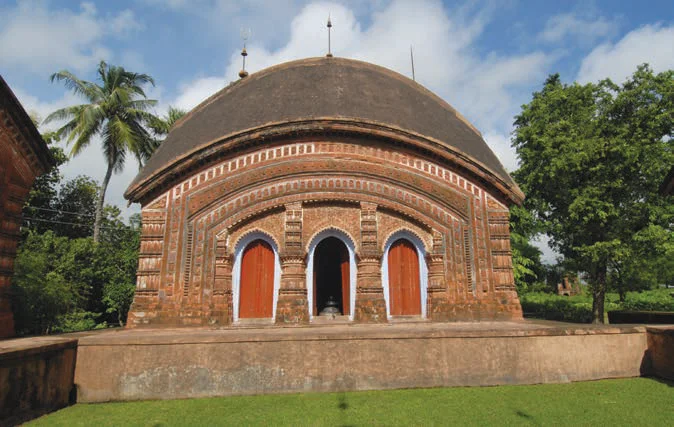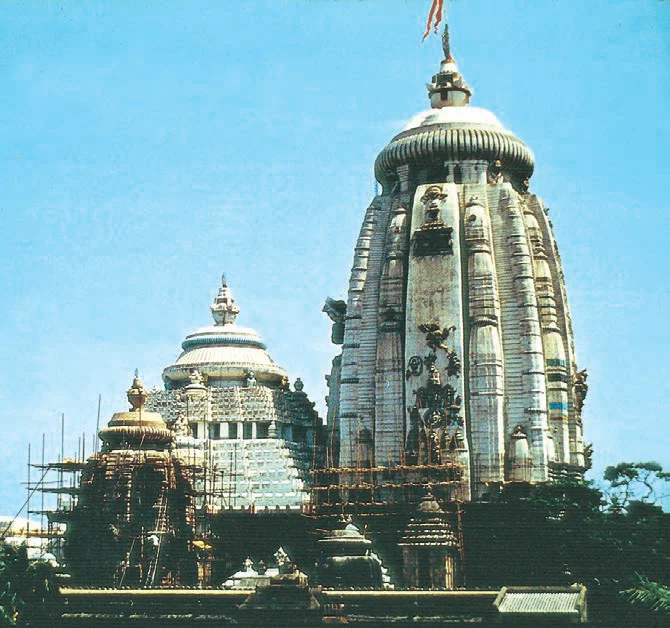![]() 19 Jun 2024
19 Jun 2024
The history of temple architecture in the North-East, Bengal, and Odisha reveals distinct styles. The history of architecture in the North-East and Bengal is complex due to renovations, with later brick or concrete temples now surviving. Terracotta was a prevalent medium, molding plaques depicting Buddhist and Hindu deities until the seventh century in Bengal.
About: In Assam, a sixth-century sculpted door frame from DaParvatia near Tezpur reflects Gupta influences.

About: Bengal’s temple styles vary from the Pala style (ninth to eleventh centuries) to the Sena style (eleventh to thirteenth centuries).


About: Odisha’s temples, classified into rekhapida, pida deul, and khakra orders, form a distinct sub-style within the nagara order.

About: The hills of Kumaon, Garhwal, Himachal, and Kashmir gave rise to a distinctive form of architecture.
The Karkota Period in Kashmir: The Karkota period in Kashmir, especially during the eighth and ninth centuries, is significant for temple architecture.
| Must Read | |
| Current Affairs | Editorial Analysis |
| Upsc Notes | Upsc Blogs |
| NCERT Notes | Free Main Answer Writing |
Temple architecture across North-East, Bengal, and Odisha showcases distinct regional styles. Assam reflects Gupta and Ahom influences, while Bengal blends Pala and Sena styles with local traditions. Odisha boasts a unique sub-style within the Nagara order. Hill architecture, influenced by Kashmir and Gupta traditions, incorporates wooden buildings with pitched roofs. Rich architecture reflects the intermingling of cultures and artistic expressions.
| Related Articles | |
| Temple Architecture: Symbolism, Evolution, and Styles | GUPTA EMPIRE |
| Buddhist Literature: Tripitakas, Epics, and Treatises | Pala Empire: Art, Architecture and Intellectual Flourish |
<div class="new-fform">
</div>